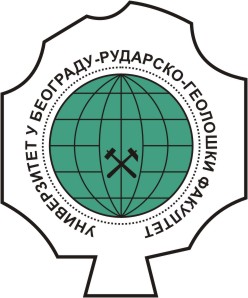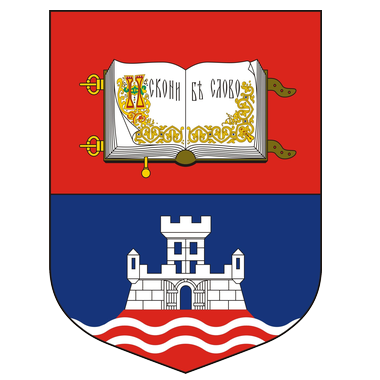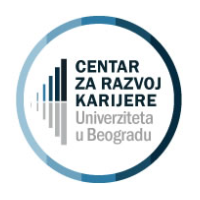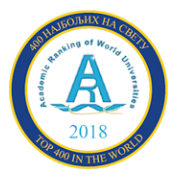Course Objectives:
One of the main aims is to enable the student to recognize and describe the basics types of ores and types of waste - secondary raw materials, mining waste (exploitation, processing, separation, concentration, use, etc.), to examine them and analyze reactions and processes which are inevitable in technological treatment, as well as those that engulf the environment and can be caused by mining activity. The aim of the course is to introduce students to the physical, chemical, biological, technological characteristics of mineral raw materials and waste materials. That students develop the ability to analyze and perceive the possibilities of the treatment and use system, the complex valorization of materials - ore, tailings, various technical raw materials and give them a new value. Upon completion of this course, the student is able to perform the characterization of each geogenic and technical raw material, to determine the possible directions of treatment, and to know which effects can be achieved. |
Content:
Theory teaching
One of the first and most basic steps in the technological treatment of geogenic and technogenic mineral raw materials is the characterization of materials and the estimation of the possibility of obtaining suitable useful components by different methods. Physical properties of minerals. Characteristics of geogenic or technogenic mineral raw materials - tailings of mining, processing, waste of extractive metallurgy, hydrometallurgy, smelting and industrial waste, in general. Formation of the primary sample from the deposit or preparation plant; determination of sample representativeness and processing. The curriculum of this course envisages the use of a number of methods for testing mineral resources, such as mineralogical minerocroscopic tests, structural-texture analysis of ores, minerals release tests; determination of the granulometric composition. Possibilities of fractionation of raw materials based on differences in density, electrical conductivity, magnetic properties, etc. Methods for determining the degree of release of minerals. Possibilities of release of minerals in the process of grinding of raw materials depending on the structure, composition, association, methods of aging, physical properties of minerals, oxidation, etc. Practical teaching
About the subject, the importance of studying. Work with binocular microscope, types, constructions, identification of minerals in raw materials, grinding products and concentration of Pb-Zn-Cu, Cu-Mo-Au, Hg, Sb-As, W-Sn, Ti-Cr-Fe, Fe. Minerals of non-metallic mineral raw materials, and others. Sample, sampling methods, trimming, processing errors, character and types of samples. Ore microscopic testing. Determination of minerals, structural-texture characteristics, paragenesis of mineral species in raw materials. Rational analysis, resolution procedures and results. Modal mineral composition. Granulometric analysis of raw materials and concentration products; laboratory methods for determining the granule composition. Presentation of results of granulometric analysis, tabular, graphic and analytical. Minerals release: raw material models, models of liberation; approaches; recording techniques, displaying results. An integral degree of liberation. Importance. Physical parameters on the raw material: density, volume, bulk density and others. Fraction analysis of raw materials in heavy liquids. Coal-tone analysis methods for Henry-Reinhardt and Mayer, non-metallic raw materials. Visit to the Institutes. |
Suggested Reading List:
- Tomanec R., 2000: Metode ispitivanja mineralnih sirovina u PMS. – Izdanje: RGF, Beograd. CD.
- Tomanec R., 2002: Zbirka rešenih zadataka iz MIMS u PMS. – RGF, Beograd.
- Romanov V. A., Morozov M. V., 1999: Laboratory methods of investigation of minerals, rocks and ores. Methodical guidelines for laboratory works. Saint-Petersburg.
- Jones, Meurig P., 1987: Applied Mineralogy a quantitative approach. - Graham and Trotman Ltd., London.
- Romanov V. A., Morozov M. V., 1999: Laboratory methods of investigation of minerals, rocks and ores. Methodical guidelines for laboratory works. Saint-Petersburg.
|






